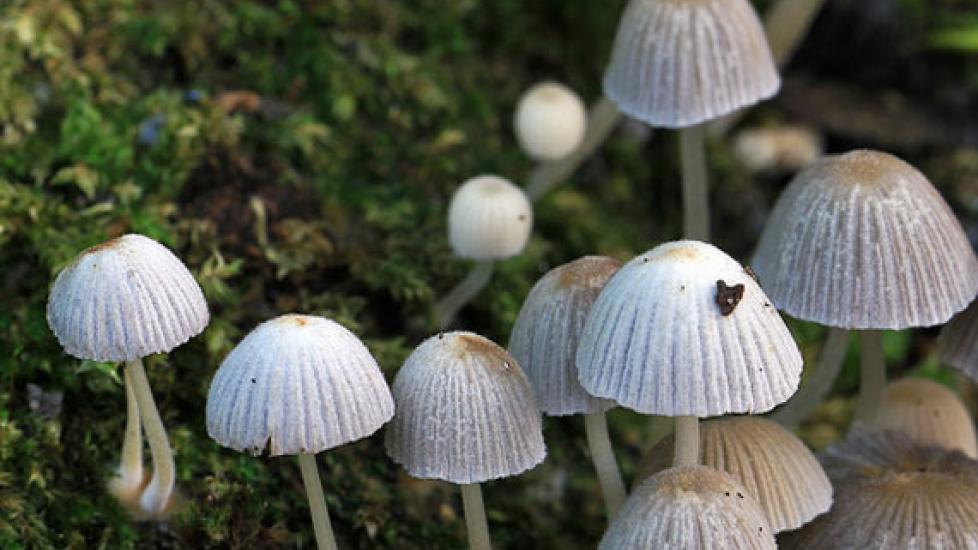How Horse Dung Can Make Your Pet's Food Safer
Are you getting a little tired of watching the FDA pet recall list to make sure your pet’s food isn’t on it? Since December 31, 2014, seven different pet foods or treats have been recalled due to Salmonella or Listeria bacteria. Unfortunately, this matches the normal recall activity of about 20 to 25 recalls per year for pet food.
I have written posts here and elsewhere that explain why this trend will not change in the near future. But a protein with antibiotic properties found in mushrooms that grow on horse poop may soon change things.
The Benefits of Copsin
Due to grazing, the dung of horses is home to a rich variety of microscopic organisms, including fungi and bacteria. A fungal mushroom called Coprinopsis cinerea grows readily on horse feces. Researchers at the Swiss Federal Institute of Technology in Zurich isolated a protein from the mushroom’s cap called “copsin.” They found that the protein inhibited the growth of bacteria and acted like an antibiotic. Oh, by the way, copro- is a Greek prefix for dung or feces, hence the name of the fungus and the protein.
As it turns out, copsin belongs to a class of proteins called defensins that are produced by many biological species. In fact humans produce defensins in the skin and on mucous membranes to kill disease causing micro-organisms.
What sets copsin apart from other defensin is that it is extremely stable under conditions that destroy other proteins. It can be boiled to 100 degrees Fo, subjected to strong acids for hours, and treated with very aggressive enzymes, without affecting its antibiotic properties. Says lead researcher Andreas Essig: “This feature allows us to, for example, also go into applications in food industry, food preservation, productions where strong acids in high temperatures are very common.”
Copsin is particularly deadly to Listeria, so its potential benefit to the pet food industry is a bit of a no-brainer.
Like the newly discovered teixobactin I recently posted about, copsin rapidly kills bacteria by inhibiting their ability to form a cell wall. This method of destruction makes it extremely difficult for bacteria to readily develop resistance. Listeria has enjoyed great successes in causing food poisoning in pets and humans due to its ability to become resistant to common antibiotics.
Co-researcher Markus Aebi is not certain that copsin could also be used like other traditional antibiotics, but its role in antibiotic research is very important. He is intrigued by what he calls the fundamental question of how fungi have used defensins and other naturally antibiotic substances for millions of years to protect themselves against bacteria, while antibiotics used in modern medicine have developed resistance in just 70 years, reports Jim Drury, who covered the story of copsin for Reuters news service.
Don’t look for copsin to appear on your pet food ingredient list soon though. Senior scientist Paul Kallio says, “We are growing Pichia pastoris, which is a methylotrophic yeast, and in this yeast we are producing copsin.”
Kallio says it takes five days to cultivate, harvest, and extract copsin. If copsin proves useful for the safety of pet food, it will require the development of faster methods for producing much larger quantities.

Dr. Ken Tudor
Image: Fairy Inkcap, by Stu's Images / Flickr
